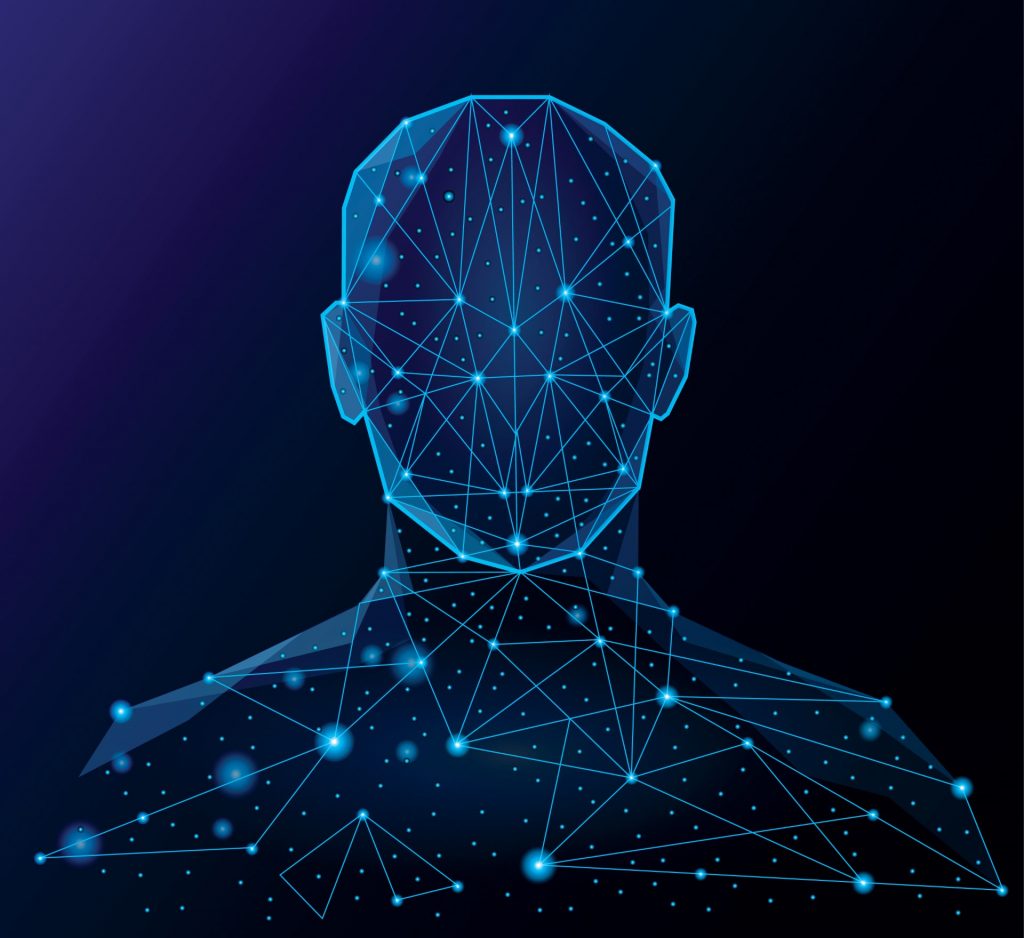Member Webinar – Saturday 21st March 2026
Monthly Member Webinar – Saturday 21st March 2026 Practical details Date: Saturday 21st March 2026 Time: 18.00 – 19.00 UK time. Check your timezone here Presenter(s): Chris Clancy and Bruna Petito Title: Biotensegrity, Closed Kinematic Chains and Emerging Movement Once you have registered, you will receive an email with the zoom link. You will also get…
Member Webinar – Thursday 19th February 2026
Monthly Member Webinar – Thursday 19th February 2026 Practical details Date: Thursday 19th February 2026 Time: 19.00 – 20.00 UK time. Check your timezone here Presenter(s): Alp Ertung Title: Fascial dysfunction and the Fascial Manipulation® approach Once you have registered, you will receive an email with the zoom link. You will also get a reminder…
Member Webinar – Monday 5th January 2025
Monthly Member Webinar – Monday 5th January 2026 Practical details Date: Monday 5th January 2026 Time: 18.00 – 19.00 UK time. Check your timezone here Presenter(s): Elizabeth Larkam Title: Fascia-informed movement practices complement circadian rhythms Once you have registered, you will receive an email with the zoom link. You will also get a reminder on…
Ancient Spa Elements for Contemporary Times
by Janet Willie LMT, LPN “Water created the body so it could get up and walk around.” —Tom Robbins (1972) For over 35 years, I’ve returned to the same river’s edge in Maine to center body, mind, and spirit. Through all seasons, I observe water’s changing movement: swirling eddy lines, raging currents, slow downstream dances,…
Seasonal Gift Webinar – The Gift of Water: the healing relationship between fascia and the tradition of the spa.
Seasonal Gift Webinar Every year we open up our monthly members-only webinar as a festive season, gift presentation for everyone, welcoming you to join us. Please take time out with us for a nurturing session with positive take-homes to help you during this busy period. This year join us for: The Gift of Water: the…
Stress, Trauma, and your Breath
by Dr Arielle Schwarz Our bodies reflect our relationship to stress. When under duress, your sympathetic nervous system kicks into gear which can lead you to breathe with quick, forceful inhalations into your upper chest. This breathing pattern prepares you to flee or fight off impending danger. There is wisdom in your body’s protective defense…
Experiential Anatomy: Therapeutic Applications of Embodied Movement and Awareness
by Leila Stuart In German, there are two words for body (Van der Wal[1]). “Korper” describes the anatomical body studied in labs, while “leibe” is reserved for the “lived” body—the one that breathes, moves, thinks, and feels. Experiential anatomy, or embodied anatomy, addresses the lived body that participates in and is shaped by your experienced…
Member Webinar – Sunday 23rd November 2025
Monthly Member Webinar – Sunday 23rd November 2025 Practical details Date: Sunday 23rd November 2025 Time: 18.00 – 19.00 UK time. Check your timezone here Presenter(s): Arielle Schwartz Title: Practical Applied Polyvagal Practices for Trauma Recovery Once you have registered, you will receive an email with the zoom link. You will also get a reminder…
Member Webinar – Friday 24th October 2025
Monthly Member Webinar – Friday 24th October 2025 Practical details Date: Friday 24th October 2025 Time: 19.00 – 20.00 UK time. Check your timezone here Presenter(s): Leila Stuart Title: Experiential Anatomy as Therapy Once you have registered, you will receive an email with the zoom link. You will also get a reminder on the day of…
Member Webinar – Tuesday 23rd September 2025
Monthly Member Webinar – Tuesday 23rd September 2025 Practical details Date: Tuesday 23rd September 2025 Time: 19.00 – 20.00 UK time. Check your timezone here Presenter(s): Sharon Wheeler Title: Working with Scars and Adhesions Once you have registered, you will receive an email with the zoom link. You will also get a reminder on the…








